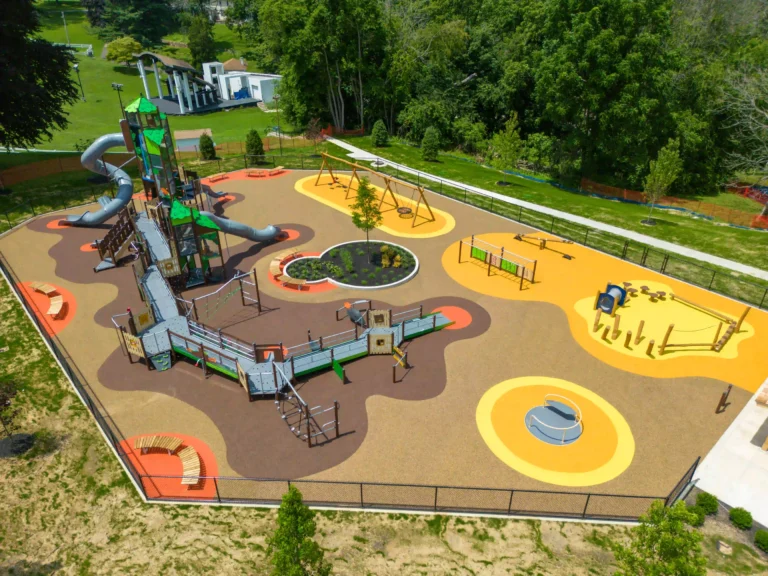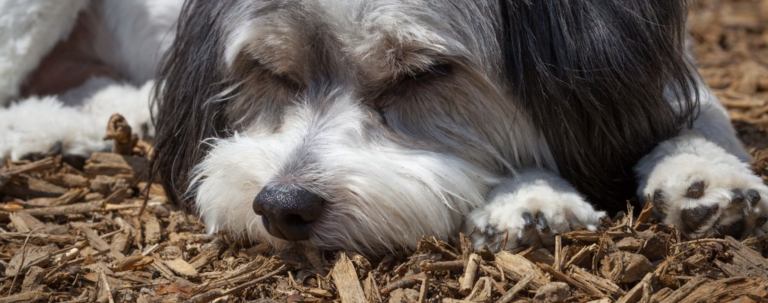A poured rubber playground is a type of playground surface designed to enhance safety and provide a cushioned environment for children to play. Unlike traditional materials like concrete or wood chips, poured rubber playgrounds utilize a mixture of rubber granules and binding agents.
During the installation process, this rubber mixture is poured onto the ground, spread, and leveled to create a seamless and durable surface. The result is a resilient playground area that offers excellent shock absorption, reducing the risk of injuries from falls and impact-related accidents.
Poured rubber playgrounds are known for their ability to withstand heavy use and adverse weather conditions. They offer a comfortable and slip-resistant surface for children, allowing them to run, jump, and play freely while minimizing the risk of injuries.
Moreover, poured rubber surfaces can be customized in terms of colors, patterns, and designs, allowing for creative and visually appealing play spaces. This flexibility in customization enables playgrounds to be tailored to specific themes, educational purposes, or inclusive play for children of all abilities.
The use of poured rubber playgrounds has become increasingly popular due to their numerous benefits, including improved safety, durability, and accessibility. They are often chosen as a reliable and long-lasting alternative to traditional playground surfaces.
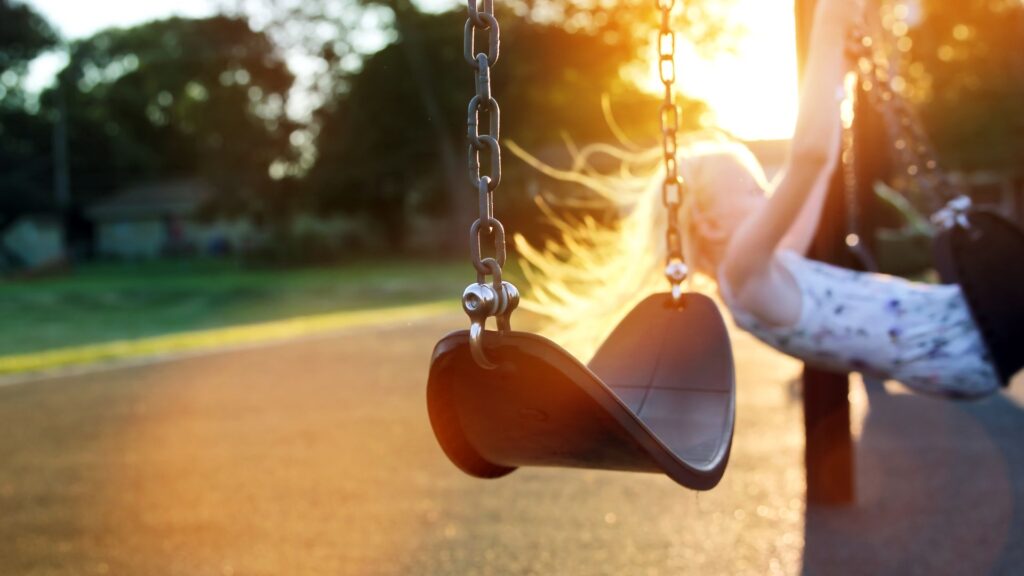
Advantages of Using a Poured Rubber Playground
Poured rubber playground surfaces offer several advantages that make them a preferred choice for creating safe and enjoyable play areas. Here are the key benefits:
Enhanced Safety
Poured rubber playgrounds provide excellent shock absorption, minimizing the impact of falls and reducing the risk of injuries. The cushioned surface helps protect children from serious accidents and provides a safer play environment.
Durability and Longevity
These surfaces are highly durable and designed to withstand heavy use, extreme weather conditions, and constant exposure to UV rays. They are resistant to cracking, fading, and deterioration, ensuring a long lifespan for the playground.
Accessibility and Inclusivity
Poured rubber playgrounds offer accessibility for children of all abilities. The smooth, seamless surface allows easy movement for individuals using mobility aids, such as wheelchairs or walkers. It promotes inclusive play and ensures that all children can participate in and enjoy the playground activities.
Low Maintenance Requirements
Compared to other materials, poured rubber surfaces require minimal maintenance. They are easy to clean, resistant to stains, and do not require regular replenishment like wood chips or mulch. This saves time, effort, and maintenance costs for playground owners.
Versatile Design Options
Poured rubber playgrounds provide a wide range of design possibilities. They can be customized with various colors, patterns, and logos to create visually appealing play areas that stimulate children’s imagination. This flexibility allows for personalized themes, educational elements, or branding integration.
Slip-Resistant Surface
The textured nature of poured rubber playgrounds offers excellent slip resistance, reducing the likelihood of accidents due to wet or slippery conditions. Children can run, jump, and play with confidence, even when the surface is wet.
Environmental Considerations
Poured rubber playgrounds are eco-friendly choices. Many manufacturers use recycled rubber materials in their production, contributing to the reduction of waste. Additionally, the surfaces are non-toxic and free from harmful chemicals, ensuring a safe environment for children.
Overall, poured rubber playgrounds provide a combination of safety, durability, accessibility, and design versatility, making them an ideal choice for creating engaging and secure play spaces.
Comparing and Contrasting Poured Rubber Playground Surfaces
When it comes to selecting a playground surface, various options are available. Let’s compare and contrast poured rubber playgrounds with concrete, mulch, and other common materials to understand their respective advantages and considerations:
Poured Rubber
Poured rubber playground surfaces offer exceptional shock absorption, making them an excellent choice for safety-conscious environments. Unlike concrete, they cushion falls and reduce the risk of injuries. Poured rubber surfaces are also more comfortable to play on, thanks to their resilient and slip-resistant properties. Furthermore, they are accessible for children of all abilities and require minimal maintenance.
Concrete
While concrete is a durable and long-lasting option, it lacks the impact-absorbing qualities of poured rubber. Falls on concrete surfaces can lead to more serious injuries. Concrete is also less forgiving and comfortable for extended play periods. However, concrete surfaces are relatively low maintenance and provide a solid, stable foundation for certain play equipment.
Mulch
Mulch is a natural and cost-effective option. It provides some level of impact absorption. It requires regular replenishment and maintenance to ensure adequate depth and safety. Mulch surfaces can also be susceptible to erosion, displacement, and compaction over time. Additionally, they may not be as accessible for individuals using mobility aids compared to poured rubber surfaces.
Other Materials
Alternative materials like wood chips, sand, and synthetic turf also have their characteristics. Wood chips offer some cushioning but require regular maintenance and can become less effective over time. Sand provides good impact absorption but can be challenging to keep clean and may pose hygiene concerns. Synthetic turf provides a consistent surface but may lack the softness and impact absorption of poured rubber.
In summary, poured rubber playground surfaces excel in safety, durability, accessibility, and low maintenance requirements. They outperform concrete in terms of shock absorption and comfort. While mulch and other materials have their advantages, poured rubber surfaces offer a well-rounded solution that prioritizes safety and long-term value.
Comparing and Contrasting Poured Rubber Playground Surfaces
In summary, poured rubber playground surfaces excel in safety, durability, accessibility, and low maintenance requirements. They outperform concrete in terms of shock absorption and comfort. While mulch and other materials have their advantages, poured rubber surfaces offer a well-rounded solution that prioritizes safety and long-term value.
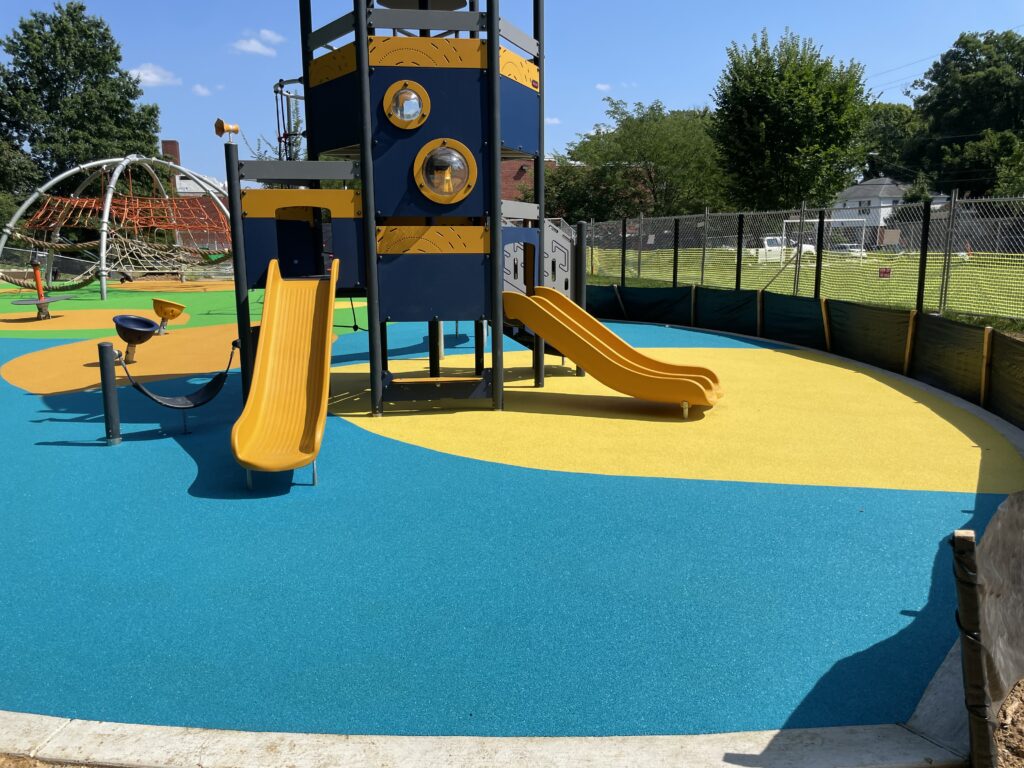
Cost of Poured Rubber Playgrounds per Square Foot
The cost of poured rubber playground surfaces can vary depending on several factors. When budgeting for a new playground or renovation, it’s important to consider these factors to get an idea of the expected cost per square foot.
Installation costs typically range from $12 to $15 per square foot, which includes materials, labor, and equipment. However, the precise cost may vary based on location, site preparation requirements, playground size, and design complexity.
In addition to the base installation cost, incorporating additional features such as borders, ramps, or custom designs may incur additional expenses. Intricate patterns or customized designs may require more labor and time, contributing to the overall cost.
The condition of the site where the poured rubber playground will be installed can also impact the cost. Factors such as grading, drainage, and accessibility may require site preparation work, which can add to the total cost.
While not directly related to the initial cost, it’s important to consider long-term maintenance expenses. Poured rubber playground surfaces generally have low maintenance requirements, but occasional cleaning and upkeep may be necessary to preserve their appearance and performance.
It’s essential to view the cost of poured rubber playgrounds as an investment in the safety and durability of the play area. Although the initial investment may be higher, the long-term benefits include reduced risk of injuries, minimized maintenance expenses, and extended playground lifespan.
To obtain an accurate cost estimate for your specific project, it’s recommended to consult with playground surfacing professionals. They can assess your requirements and provide a detailed cost breakdown based on your unique needs.
The Lifespan of Poured Rubber Playgrounds
Poured rubber playground surfaces are renowned for their durability and longevity. On average, a well-maintained poured rubber playground can last up to 10-15 years or even longer. The lifespan of a poured rubber surface depends on various factors, including the quality of the materials used, the level of maintenance performed, and the amount of usage and exposure to weather conditions.
Regular maintenance is key to prolonging the lifespan of a poured rubber playground. Periodic cleaning, removing debris, and addressing minor repairs as they arise can help preserve the surface’s integrity. Additionally, ensuring proper drainage and avoiding sharp objects or excessive wear in high-traffic areas can contribute to extending its lifespan.
By adhering to a maintenance routine and addressing any issues promptly, poured rubber playgrounds can provide a safe and enjoyable play environment for many years, making them a durable choice for playground surfaces.
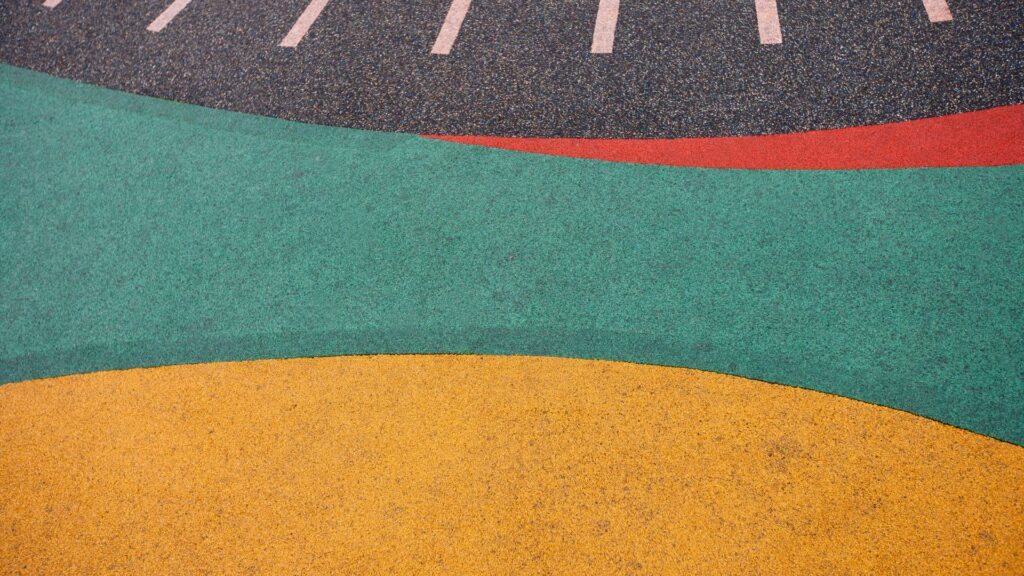
Non-Toxic Nature of Poured Rubber Playgrounds
One of the notable advantages of poured rubber playground surfaces is their non-toxic nature. Poured rubber surfaces are typically made from a combination of rubber granules and binding agents, which undergo a curing process to create a resilient and safe playground surface.
Manufacturers take great care in selecting high-quality rubber materials that are free from harmful chemicals and toxins. The rubber used in poured rubber playgrounds is often sourced from recycled materials, contributing to sustainability efforts while ensuring the safety of children.
Extensive testing and certifications are conducted to ensure compliance with safety standards and regulations. Poured rubber surfaces meet stringent requirements for environmental safety and child-friendly materials, providing peace of mind for parents, caregivers, and playground owners.
The non-toxic nature of poured rubber playgrounds ensures that children can play on the surface without being exposed to harmful substances. It creates a safe and healthy environment, minimizing the risk of skin irritations, allergies, or respiratory issues that can be associated with certain materials.
Final Thoughts
Take the next step towards transforming your park’s playground into a safe and engaging space for endless fun. Contact us today to discuss your project and discover the benefits of poured rubber playground surfaces. Upgrade your playground and make a lasting impact on the children in your community!

